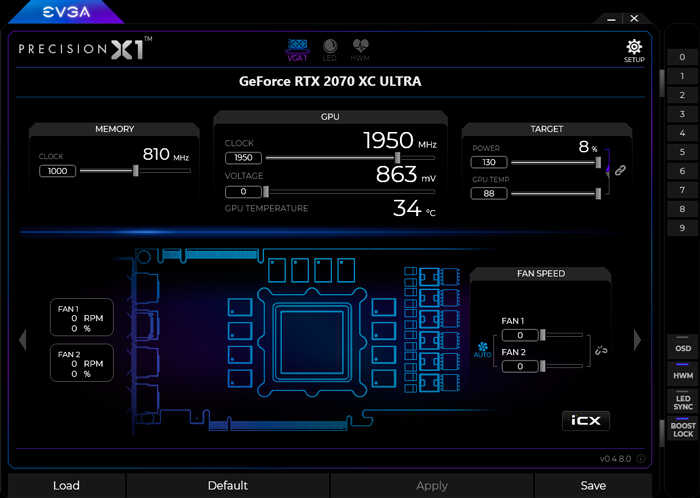
:origin()/pre00/eca7/th/pre/i/2012/306/2/c/ioc_msi_afterburner_skin_by_drerex-d5jqy5q.png)
The GTX 680 has a dedicated microprocessor that amalgamates a slew of data - temperature, actual power-draw, to name but two - and determines if the GPU can run faster.

Now, GTX 680 core and shader-core clock is 1,006MHz, but this is not the frequency it will operate at during most gaming periods.

Any GPU engineer will tell you that a modern GPU has multiple clock domains, but for our purposes, let's consider GTX 580 to operate with a general clock of 772MHz and shader-core speed of 1,544MHz. NVIDIA's previous GPUs have run at one set speed, determined by the class of card, with, in recent times, the shader-core operating at twice this base clock. Taking a leaf out of Intel's book, NVIDIA is implementing a frequency-boosting feature called GPU Boost, and it needs some explainin'.


 0 kommentar(er)
0 kommentar(er)
